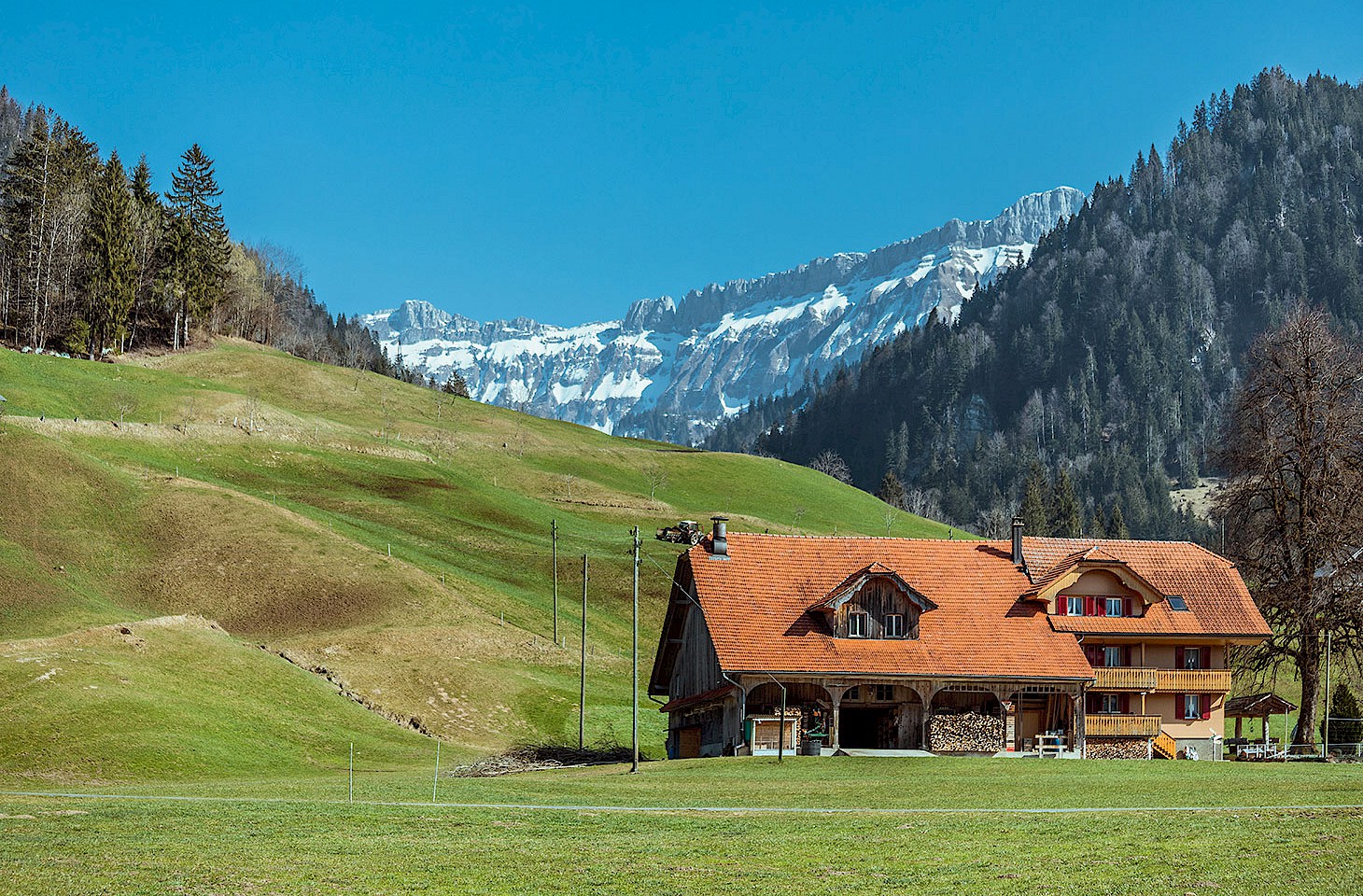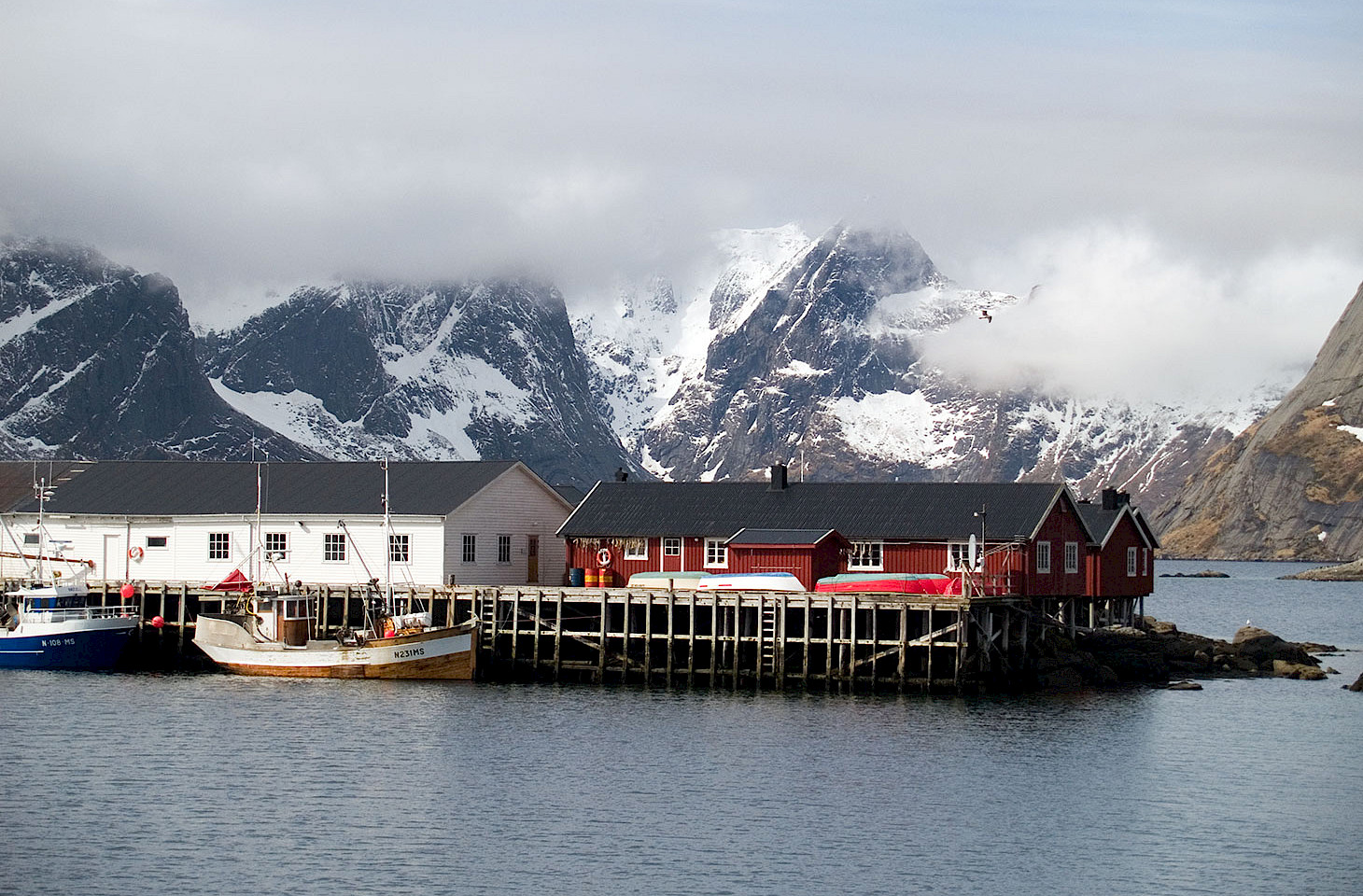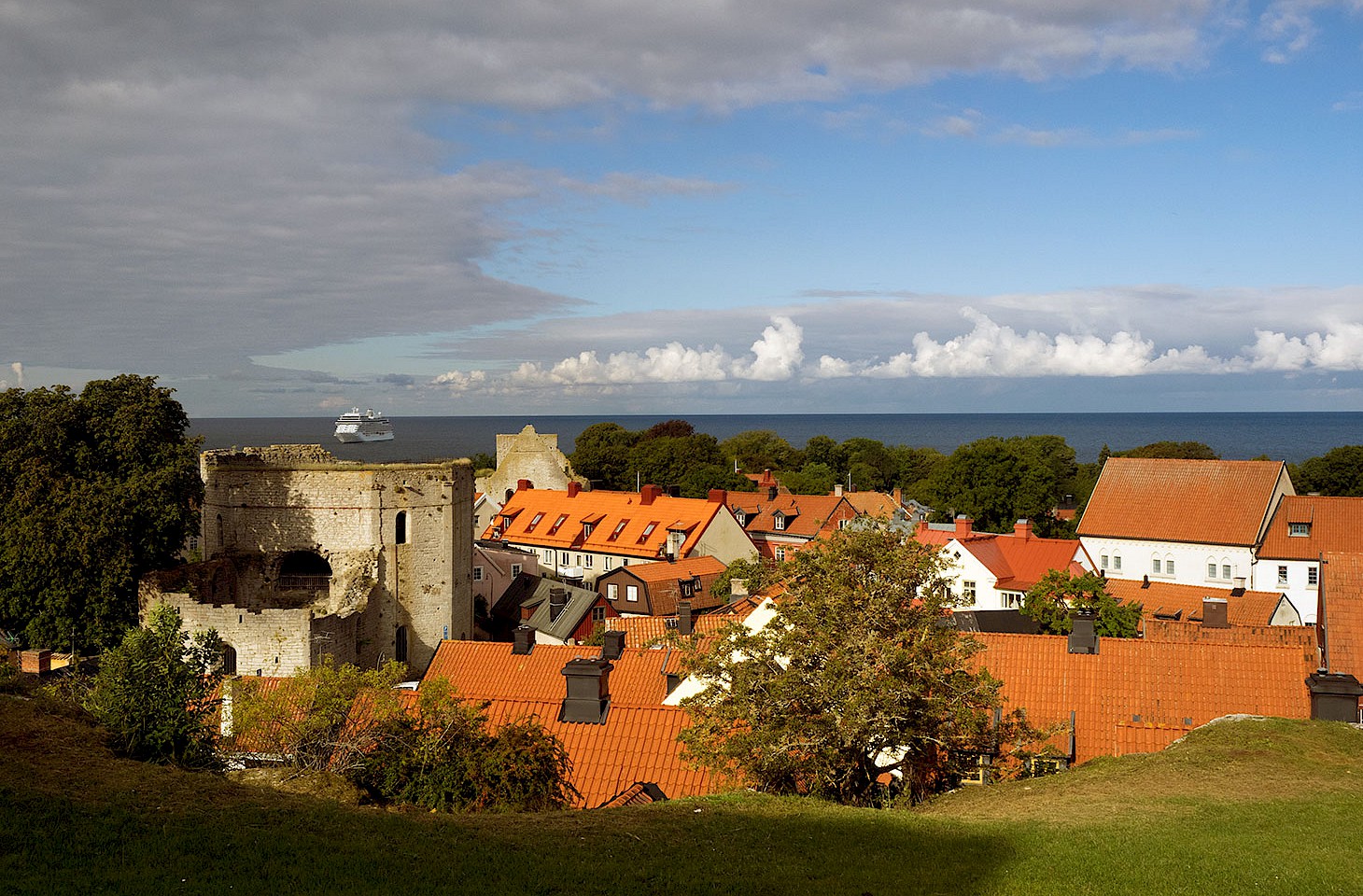Take the road east from Karakol and soon after passing through the township of Novovoznesenovka, a place that takes longer to pronounce its name than it does to drive through, you arrive at a split in the road. At the junction stand two monuments. To the right is a Soviet-era memorial to the Great Patriotic War (from 1941 to 1945); it bears a red star aloft a green-painted pole.
This might be anywhere in the former USSR, or even elsewhere in parts of eastern Europe, but its neighbour to the left reminds us that we are far from Minsk or Belgrade. Here, behind a wrought-iron fence, stands a memorial to a local Kyrgyz hero.
A pyramidal stone base supports an insignia depicting the tools of the warrior trade — sword and bow quiver — while a crescent moon perches at the top. Although this might seem like a clash of cultures, faith and ethnicity — Soviet and Kyrgyz, communism and Islam — the two monuments coexist happily enough. This far-flung outpost of the Soviet Union was always far enough away from Moscow for certain liberties to be taken, and the Kyrgyz predilection for a liberal, syncretic interpretation of Islam was usually sufficient to not pose any sort of ideological threat to party hegemony.
Also at the junction is a road sign in Kyrgyz and English that points out the options that lie beyond. Right leads to Enilchek Peak, 106 kilometres distant; left is to Jyrgalan, just 29 kilometres further on. Both directions offer roads less travelled, so no Robert Frost-style dilemmas here, but it is Jyrgalan that is our chosen destination.
The Valley of Joy
An hour later, another sign announces our arrival in the village: “Welcome to Jyrgalan Valley.” Beside this, an older Cyrillic sign bears a cross-hammer mining logo: Шахта Жыргалан (Shakhta Jyrgalan). Shakhta (‘mine’) was what it had said on the minibus destination plate and, despite recent changes, mining is still what most locals tend to associate with the village, the name of which in Kyrgyz translates to something akin to ‘valley of joy’.
For decades in the last century, the coal mine in Jyrgalan was the main source of income for the village but its fortunes suffered after the collapse of the Soviet state in 1991. After Kyrgyz independence there were no longer subsidies for failing industries such as this and as a consequence many villagers, young men especially, left to find work in cities like the Kyrgyz capital Bishkek or even Moscow.




